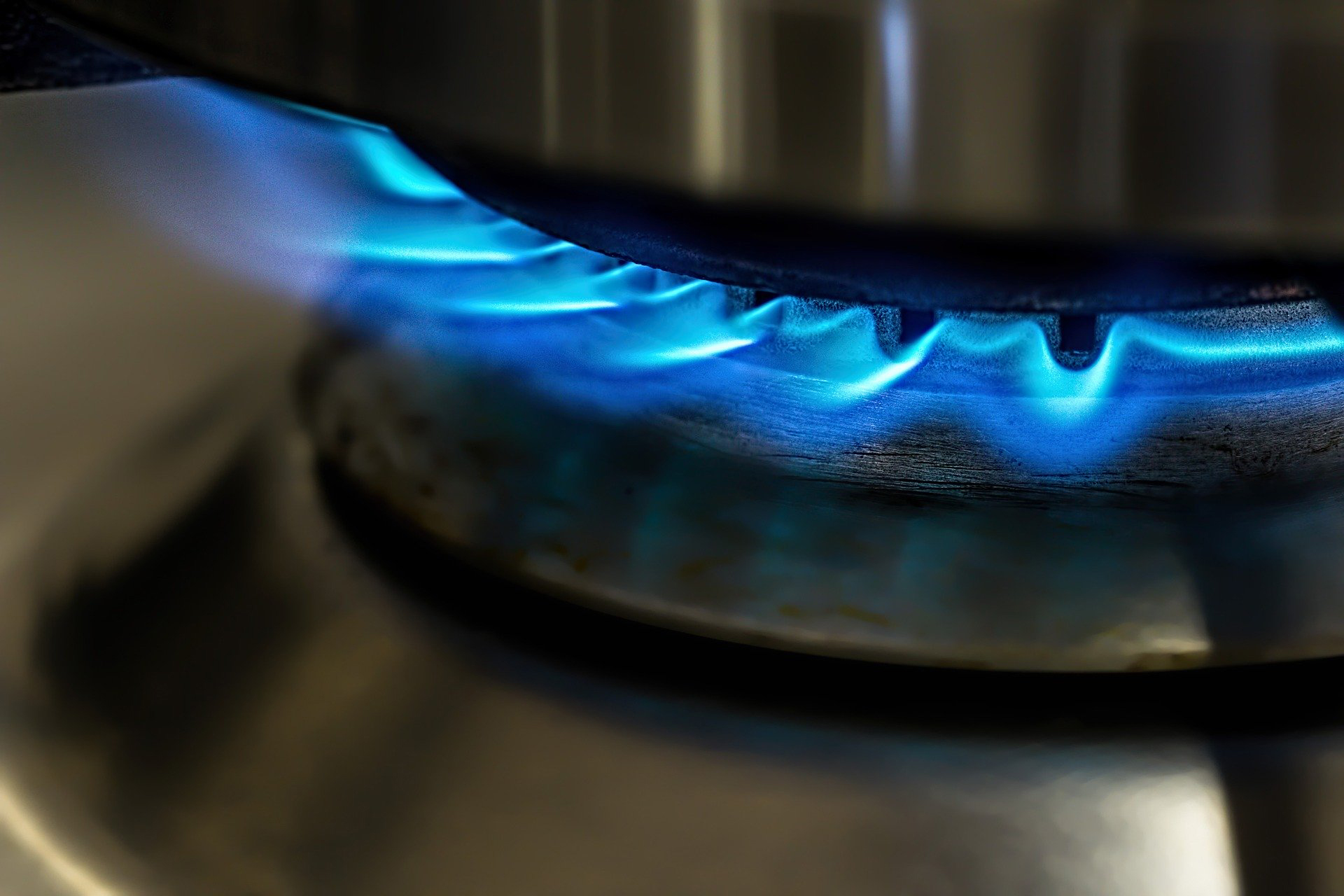How sustainable are renewable liquid gases?
As the UK Government strives to meet ambitious targets in order to achieve a Net Zero future, the LPG industry has a key role to play.
As the lowest carbon, conventional fuel for homes and businesses located off the gas grid, LPG already brings with it huge benefits compared to traditional off-grid fuels, such as oil and coal.
Renewable liquid gases (RLGs) will play a key role in the decarbonisation of heat, domestically, commercially and industrially. As a ‘drop-in’ alternative to traditional LPG, RLGs are efficient and sustainable, providing choice and flexibility for the end user.
BioLPG and renewable dimethyl ether (rDME) are two RLGs that are propelling the UK liquid gas industry to support its transition to be 100% renewable by 2040.
How are renewable liquid gases produced?
Produced from recycled or renewable sources, RLGs are a low-carbon alternative to traditional LPG and fossil fuels.
Conventional LPG emits 33% less CO2 than coal and 12% less CO2 than oil. LPG is a clean-burning, smoke-free transitional fuel. Emissions from LPG of NOx, SOx and particulate matter are very low.
RLGs are a 100% renewable, sustainable alternative to LPG, with even lower carbon emissions – up to 90% lower than conventional LPG. They are an example of a ‘drop-in’ fuel, meaning no retrofit costs and no business disruption will occur when LPG consumers transition to RLGs.
BioLPG and rDME are two examples of RLGs. BioLPG, also known as biopropane, refers to LPG produced from renewable or recycled feedstocks, such as used cooking oils, animal fats, plants, sugar and starch, and non-recyclable waste.
rDME is also produced from renewable feedstocks, such as methane from agricultural and municipal waste. When combined with renewable power and CO2 captured from the atmosphere, meaning that carbon emissions are substantially reduced – by up to 85%. The first commercial plant producing rDME from waste in the UK is being built at Teesside, producing 50,000 tonnes of rDME per year from 2024.
Both BioLPG and rDME follow a strict sustainability criterion and are a serious alternative for rural off-grid homes, such as air-source heat pumps and biomass. Heat pumps are often prohibitively expensive, requiring significant upfront costs and a deep, difficult or often impossible retrofit to ensure the low temperature system can warm a home.
Biomass systems have been shown to emit significant levels of air pollution. RLGs suffer none of these issues – with low upfront costs, clean burning and do not require significant retrofit to a home.
Often a coproduct of sustainable aviation fuel production, bioLPG is produced using a variety of technologies and thermal or chemical processes, both locally and imported. Because bioLPG is a ‘co-product’ of sustainable aviation fuel, its sustainability credentials are raised further by creating two fuels from one feedstock.
BioLPG is identical in appearance and chemical structure to existing LPG, so it can be stored, transported and used in exactly the same way, using existing infrastructure. Because bioLPG is derived from renewable or waste sources, it offers significant carbon reductions compared with existing fuels, including LPG. We expect bioLPG to play a critical role in the transition to Net Zero for rural off-grid homes and businesses.
Research by energy experts, NNFCC, determined a full, sustainable switch from LPG to bioLPG by 2040 is a feasible solution to supporting the Government and its ambition to move towards a low carbon economy. And as a ‘drop-in’ replacement, bioLPG offers an easy and cost-effective switch to lower carbon emissions.
Over £260m has already been invested by the liquid gas industry into the production of RLGs in order to transition to a renewable future and be part of a mixed technology approach for off-grid homes and businesses, without having any policy clarity for off-grid homes.
RLGs are essential components of the energy mix. A one-size-fits-all approach will not work for homeowners and businesses – so we need policy to enable and encourage the broadest range of options to make it easier for people to decarbonise.

